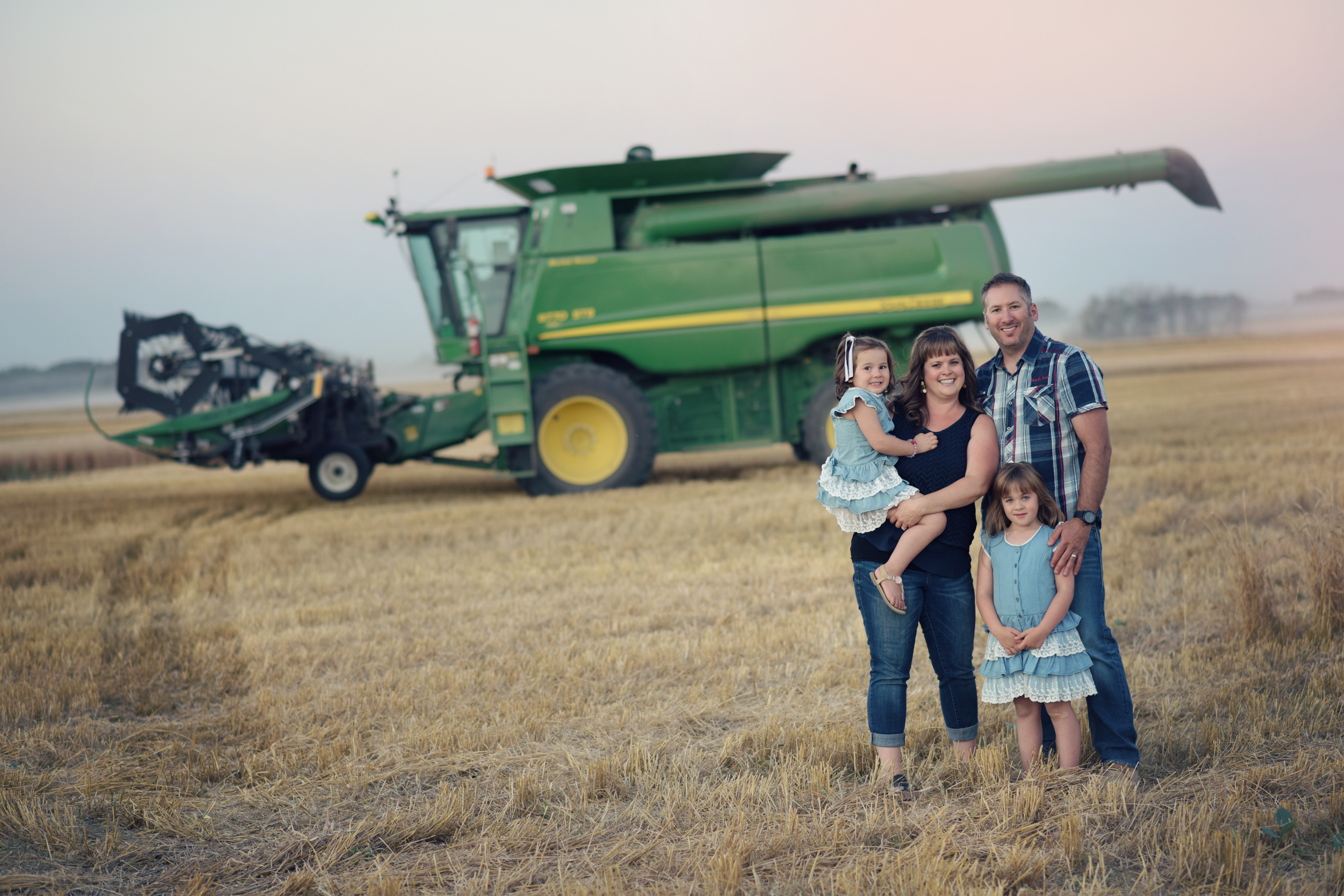
U of S researchers study the risks and rewards of farmers taking kids to work sites
Farm parents are aware of safety and include it decision-making about kids’ presence in the farm work environment. However, they also balance safety considerations with constraints such as child care and benefits of children’s involvement with farm tasks, including work ethic, heritage and accountability.
SASKATOON – Agriculture is rated among the most dangerous industries in Canada, and researchers at the University of Saskatchewan (U of S) have been studying how farm parents balance the potential risks with the perceived benefits of bringing children to the worksite and discovered a complex decision-making process that involves weighing risk-reward tradeoffs.
The goal is to contribute to strategies that can prevent or reduce injuries and casualties.
“There is a lot of evidence that children living on farms have very high risk of traumatic injury, but prevention efforts so far haven’t been very effective,” saidCatherine Trask, associate professor at the Canadian Centre for Health and Safety in Agriculture at the U of S and Canada Research Chair in Ergonomics and Musculoskeletal Health.
“If we have a better understanding of how farm parents make these decisions, we’ll have a better chance of working together to find strategies that work.”
At first glance, a work environment with heavy machinery, chemicals and confined spaces doesn’t seem like a good place for children. They aren’t present at mines, construction sites or manufacturing sites that are hazardous. But a farm is different because it is also a family’s home.
“Imagine you are a farm parent taking care of the kids during a busy harvest season,” said Trask. “You want to bring a meal out to those working in the field. What do you do with the children? On one hand, there is heavy machinery, augers, ponds and the general rush of adults focused on completing the task. On the other hand, kids that see farm work get a chance to connect to farm culture and can gradually learn to take on these tasks.”
Different parents might make different choices, but they are all faced with constraints, pros, and cons.
Aresearch team from the U of S, Queen’s University and the Marshfield Clinic Research Foundationconducted in-depth interviews with 11 rural Saskatchewan farm parents. The results show that the parents weigh the risks and benefits of bringing children into the worksite. Their work was published this month in the journal PLOS One.
Making the decision whether or not to bring children into the work environment was dependent upon parental perceptions of the risk-benefit trade-off.
“If we have a better understanding of how farm parents make these decisions, we’ll have a better chance of working together to find strategies that work,” saidthe paper’s lead author Valerie Elliot, research assistant at the U of S.
Elliot, who grew up on a farm and raised her children on the farm, understands the tricky tradeoffs that parents face.
“Even though many farm parents were raised on farms themselves and recognize the importance of farm safety for their families, serious child injuries and deaths continue to occur,” she said. “We learned that parental decisions of whether to bring children into the farm work area depend on context. Our hope moving forward is that this framework will contribute to future prevention strategies aimed at harm reduction, by considering both the perceived risks and benefits that play a role in farm parents’ decision-making.”
The research paper can be found here.
For more information, please contact:
Valerie Elliot
Research Assistant
University of Saskatchewan
306-966-6645
v.elliot@usask.ca

